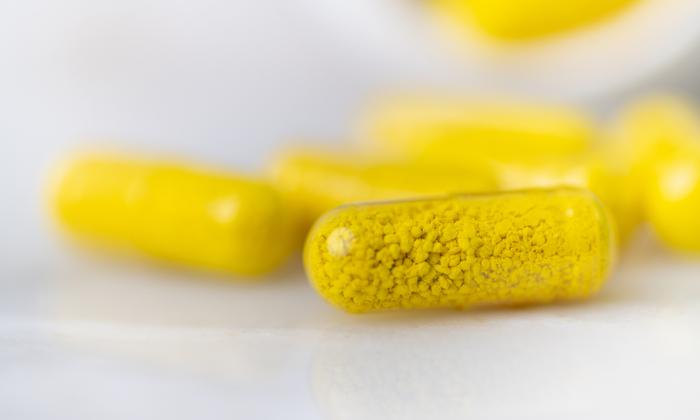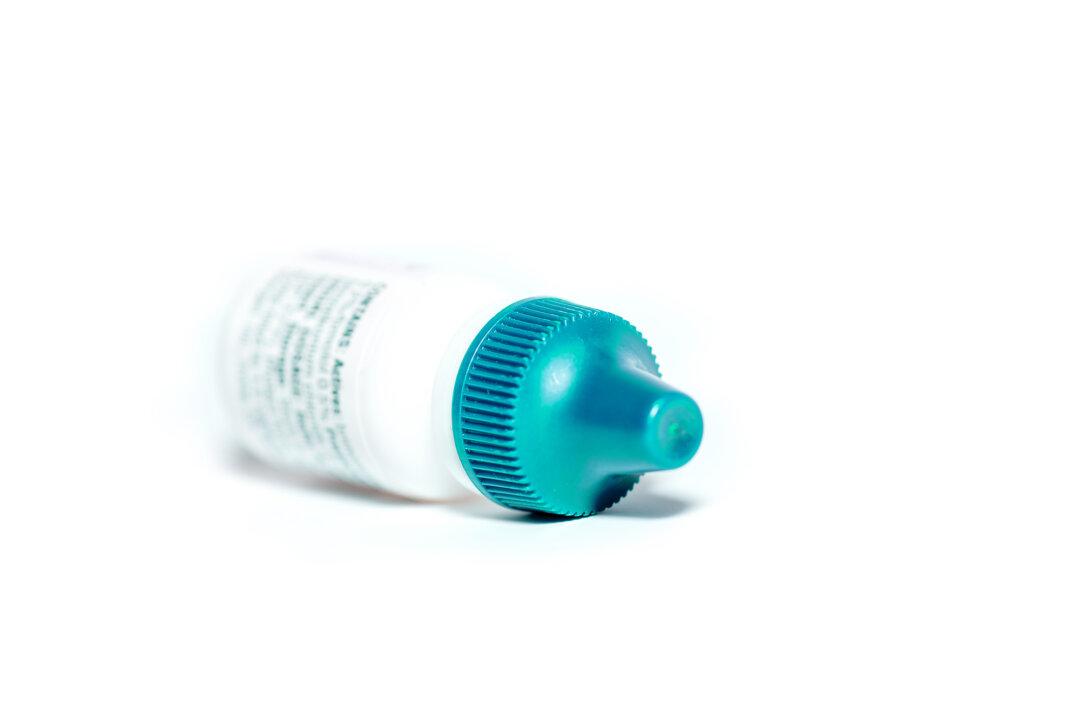Standard intravenous antibiotic therapies often prove futile against sepsis’ complex nature. Yet new hope may be found in an unlikely place.
Sepsis claims more than 350,000 lives each year, making it a leading cause of death among U.S. hospital patients.
Standard intravenous antibiotic therapies often prove futile against sepsis’s complex nature. Yet new hope may be found in an unlikely alternative: vitamin C.
‘One of the Most Challenging Conditions to Treat’
When the body fights an infection, the immune system mobilizes briefly and then retreats. Sometimes, however, it persists in attacking the body; sepsis is such a condition.Sepsis occurs unpredictably and can be aggressive, spinning the immune response out of control. In the worst cases, vital organs shut down, leading to death.
Story continues below advertisement
“Sepsis is one of the most challenging conditions to treat in the ICU,” Dr. Paul Marik, a pulmonary and critical care specialist and chairman and chief scientific officer of the Frontline COVID-19 Critical Care Alliance, told The Epoch Times.
Millions of people in the United States are affected, and it’s present in 30 percent to 50 percent of hospitalizations that result in death. In a
2019 investigative report from the Journal of the American Medical Association (JAMA), researchers noted that most sepsis deaths are unlikely to be preventable through better hospital-based care.
The likelihood of a positive outcome from treatment is highly dependent on two factors: the type of sepsis and the time between onset and treatment, Dr. Marik said. “Medical sepsis” stems from an illness such as pneumonia or a urinary tract infection. “Surgical sepsis” refers to sepsis that requires emergent surgical intervention and results most frequently from the rupture of an abdominal organ. Medical sepsis, however, responds to early intravenous vitamin C.
How Can Vitamin C Help?
Historically, vitamin C was used to treat scurvy. However, in recent years, vitamin C has been established to have various beneficial effects that have led to its use in diseases such as cancer and sepsis.Patients with sepsis often have widespread inflammation and increased reactive oxygen species (ROS). ROS can cause severe injury that ultimately results in multiple organ dysfunction.
Story continues below advertisement
Vitamin C, being a powerful antioxidant, scavenges and disengages trouble-causing ROS. It also helps fight inflammation and has
wide-ranging effects that may further benefit sepsis.
Most people’s serum vitamin C levels exceed 50 micromoles per liter. However, doctors have noticed that vitamin C levels in patients battling sepsis experience a rapid reduction, with levels in critically ill patients dropping below 11 micromoles per liter. Researchers hypothesize that this reflects that vitamin C is being used up as the body works to regain equilibrium. This same observation has been seen in patients battling cancer.
Multiple studies have investigated whether vitamin C could reduce sepsis severity.
A 2020 double-blinded
randomized controlled trial of 137 patients gave one sepsis group the standard treatment and another the standard treatment plus intravenous vitamins C and B1 and hydrocortisone. The combination group resolved sepsis shock significantly faster than the group that received the standard therapeutic protocol. Dr. Marik and his colleagues utilized this combination therapy for “countless patients.”
Story continues below advertisement
Another trial found about a 14.3 percent mortality rate with high doses of IV vitamin C versus about 64.3 percent without it.
There’s a “complex pathophysiology of a lethal cascade of cytokines and inflammatory proteins underlying sepsis,” and vitamin C can “theoretically suppress the inflammatory cascade,” authors of a 2022
systematic review and meta-analysis wrote. Researchers reviewed 23 studies on the efficacy of high-dose vitamin C as a sepsis treatment. They concluded that vitamin C lowered mortality, instances of organ failure, and the need for blood pressure drugs.
High-dose vitamin C is typically administered via IV, given its 100 percent absorbance by the blood. Such a dose can range from 2 to 10 grams per day or more. However, even though intravenous formulations are generally preferred in critically ill patients and may rapidly increase serum vitamin C levels, no difference in clinical efficacy has been reported between intravenous and oral formulations of vitamin C, according to a
recent review. According to Dr. Marik, the optimal dose for vitamin C in the hospital is 1.5 grams intravenously every six hours during the treatment session.
“Given its low cost and minimal adverse effects, we strongly encourage further large, randomized trials to establish vitamin C as a standard of care in sepsis management,” authors of the 2022 systematic review and meta-analysis wrote.
Story continues below advertisement
Antibiotics remain central and lifesaving if used properly. However, according to
one report, inappropriate antibiotic use occurs in more than 31 percent of sepsis patients. This misuse can raise mortality risk and hospital stays. In a
separate study, researchers found that misuse of antibiotics in sepsis patients was associated with neurological decline.
Why Aren’t Hospitals Using Vitamin C?
Vitamin C as an adjunct therapy remains minimally used in hospitals across the country. “It is hard to know precisely why intravenous vitamin C might not be used in each sepsis case,” Dr. Marik said.
He cited possible reasons such as lack of awareness or hospital policies favoring antibiotics over vitamin C.
“There is a disturbing trend by medical authorities and hospitals to view only new and expensive treatments with often questionable safety records as effective when we should first look at what is readily available, well-studied, and relatively safe,” he said. This bias seems to be a major factor in vitamin C’s limited sepsis use, he noted.
“Given the challenges with treating sepsis, there is no medical reason not to try intravenous vitamin C in a treatment protocol,” Dr. Marik said.







